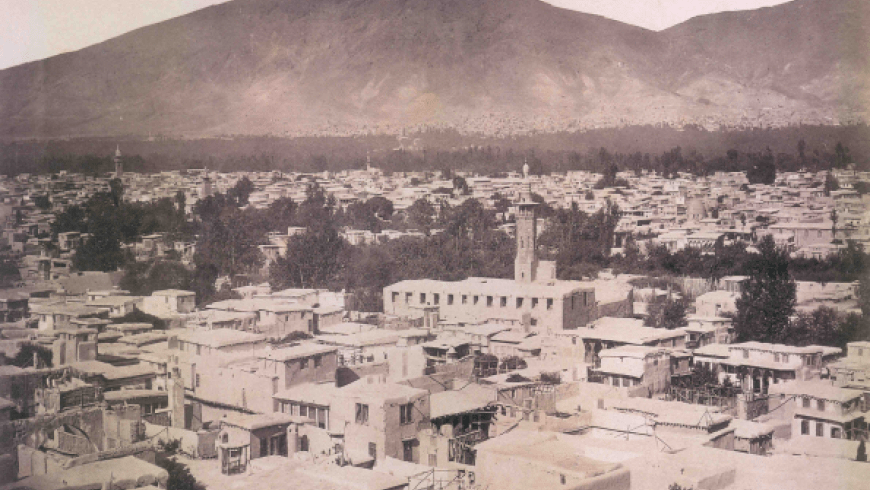In recent events, a fire broke out in Damascus, causing extensive damage to the Al-Oqeiba neighbourhood. The fire’s cause remains unknown. The neighbourhood, located opposite the Al-Khaja and Sarouja markets, holds archaeological significance, being an extension of the “Souk al-Haramiya.” However, the official media has been cautious in disclosing the area’s name, possibly due to its archaeological sensitivity or to avoid accusations of Iran’s desire to control the region surrounding sacred shrines.
The Al-Oqeiba neighbourhood is home to important historical landmarks, including the house of Khaled Al-Azm, a prominent Syrian politician and former interim president of Syria. The house converted into the Damascus Historical Museum, suffered damage in the fire. However, the documents housed in the Center for Historical Documents of the Capital were unharmed as they had been relocated beforehand.
The fire also affected the palace of Abd al-Rahman Pasha al-Youssef, an emir from the Ottoman era. Unfortunately, the palace had been abandoned and neglected prior to the fire.
This incident has reignited controversy surrounding the Al-Oqeiba neighbourhood. In 2007, the Damascus Governorate initiated a project to develop King Faisal Street, aiming to alleviate traffic congestion. However, UNESCO expressed concerns about the potential impact on Damascus’ status as a protected archaeological site. The project included removing the market area outside the Old City and replacing it with a commercial district. The dispute over the project persisted, both within the government and among the public.
The project was eventually put on hold, and attention shifted to the Al-Oqeiba neighbourhood. The governorate proposed expropriating properties adjacent to Khaled Al-Azm’s house for unspecified “cultural events.” This raised suspicions among residents, who objected to the expropriation. Despite their protests, the governorate modified the urban character of the real estate, converting it from commercial to cultural purposes.
Residents lodged complaints, questioning the rationale behind the expropriation and the lack of clarity regarding the cultural events. The Damascus Governorate attributed the expropriation to a 1983 law at the request of the Ministry of Culture. However, the decision has yet to be implemented and requires further time and evaluation.
Old Damascus has also experienced a series of fires in recent years. These incidents have damaged historical areas and landmarks. The causes of the fires have been attributed to electrical short circuits or accidents. However, some activists have accused Iranian militias of deliberately setting fires to force residents to sell their properties, particularly due to the area’s proximity to the shrine of Sayyida Ruqayyah.
In conclusion, the fire in the Al-Oqeiba neighbourhood of Damascus has resulted in significant damage to historical structures and has revived controversies regarding the area’s appropriation. The governorate’s previous attempts to expropriate properties for development projects have faced opposition from residents and raised concerns about the preservation of the city’s cultural heritage. The fires in Old Damascus have added to the challenges faced by these historic areas, with conflicting accounts of their causes and potential underlying motives.
This article was translated and edited by The Syrian Observer. The Syrian Observer has not verified the content of this story. Responsibility for the information and views set out in this article lies entirely with the author.


